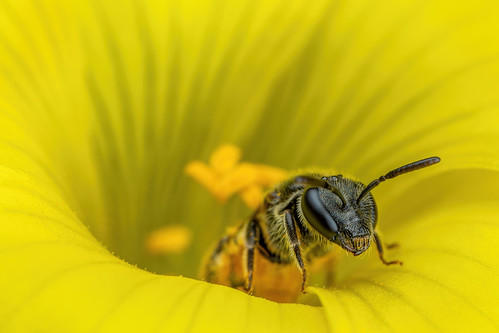- The diffusers that Sto-Fen sells, and the set that Cannon supplies with the MT26EX RT, are better at blocking the light than they are at forcing it to spread out. You'll lose about a stop of light with either of them for a very small gain in diffusion and I think the same can be said for just about every hard diffusion plastic. I'm not going to do a "how to" on this one cause I don't want you to blame me if you ruin the diffuser set that comes with your MT26EX RT. I bought a second set from Canon to test out my theory that they weren't really diffusing the light very well, and as soon as I got them I used a Dremel tool to remove the front diffusion plastic so I could use it as a base for my own design (I just needed the frame and the clips that hold it to the flash heads). Due to some shipping issues I ended up paying over 60 USD for the set, but it was worth it cause I was right. If you follow me down this rabbit hole with the only set of diffusers that you have for your MT26EX RT you do so at your own risk...
- 1/4 stop white China silk is the only material I've found that can force the hot spot in the MT24EX (and to a greater extent the MT26EX RT because it has a better built in diffuser) to spread out. It's best to use two layers separated by an air gap, preferably with at least a centimeter between them. Putting one layer of silk directly over another will cause the light to drop by at least a stop, so separate them. You can get it at B&H Photo but it's a little pricey and they have to special order it. I've been looking for a better, cheaper source. Note: The MT24EX knock off flash units perform about the same as the MT24EX, so 1/4 stop silk should also work for them but I have no experience with those flashes. At some point I'm going to experiment with other materials because I'd like to find a cheaper material than silk and not all diffusion surfaces are the same. Each of them diffuses the light in a different way.
- Gary Fong's Puffer Plus makes an excellent last diffusion stage, if your trying to keep the size of your diffusers as small as possible, because the light transmittal is good and the surface is dimpled (it acts like a much larger diffusion surface). I've been looking for a similar photographic grade material that's not curved, but so far no joy. I've experimented with a lot of different diffusion plastics for that last diffusion stage and none of them performed better than the Puffer Plus. Even just using another layer of 1/4 stop white China silk didn't work as well.
Understanding the difference between soft and diffused light was a eureka moment for me, because I initially thought that I had hit a hard limit in my diffusion because using a larger diffuser wasn't practical. But my light was soft enough with my current diffusers, or another way of saying it is that my diffusers were large enough relative to the subject, because I was getting soft shadows. Take a look at the shadow under the Sourgrass petal just below the Sweat Bee's antenna:

The shadow is soft, so my diffusers are large enough. But the light that they were creating could best be described as "soft specular" and not "soft diffused" because the specular area is still well defined and almost harsh. My light wasn't really diffused. But after modifying the internal structure of my original diffuser (the details of which I'm not going into) I'm now getting soft diffused light with almost no hot specular highlights (the intensity of the light across my diffusers is almost the same) while only losing about 1 and 1/4 stops when compared to the bare flash heads. Light that's so well diffused I'm having a tough time determining if I've nailed critical focus on some subjects, when viewing images on my camera's LCD screen, because there is no noticeable specular reflection in their eyes.

The Death of the Kaiser
After some experimenting with a cooperative, and very metallic, Chafer Beetle I've determined that using a Kaiser Adjustable Flash Shoe to elevate the key is working against me in some situations. Depending on the angle that I'm shooting from it can cause the fill light to be too harsh and/or pump a lot of light into the flower that a critter is perched on creating a third specular highlight. So I'm going to be experimenting with the angle of the flash heads more.
The quality of your light and the angle between the light, subject, and sensor will determine how much detail you can capture. You can easily lose more detail to poor light quality than to diffraction, and if you focus stack you really should be putting some serious effort into your light. Doesn't make sense to spend all that time to create a stack only to erase detail with poor specular highlights.
Note: All of my diffuser design has been geared toward creating a relatively small, compact, diffuser that would give me the light quality that I wanted but still be practical for field macro. However light is light, and I'm sure that the information I've provided in this post can be applied to any diffusion setup that you might build for yourself.
